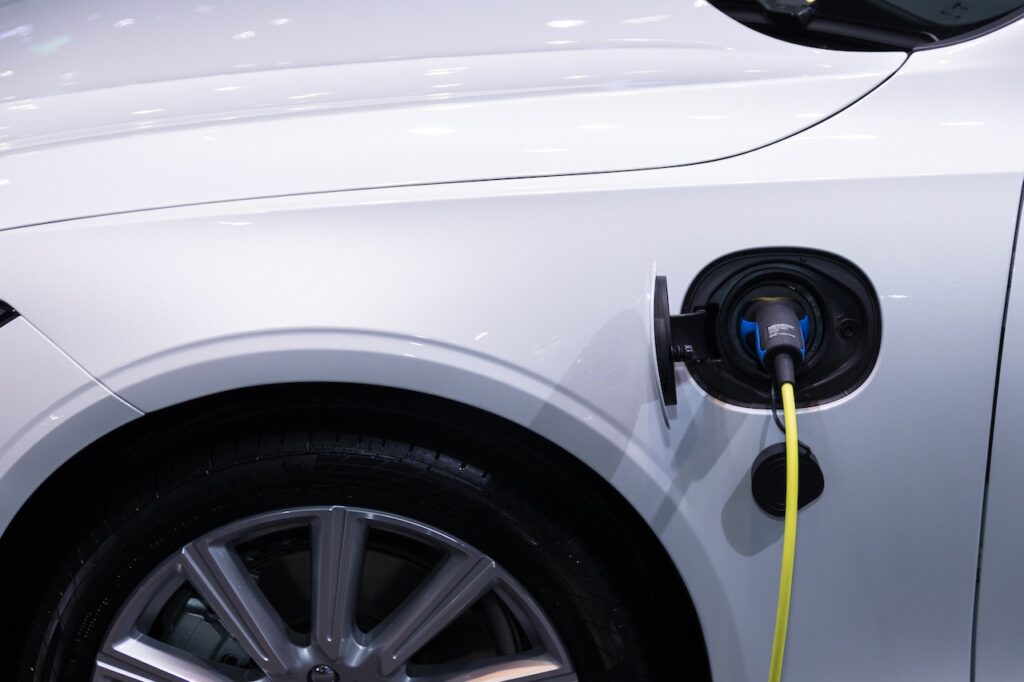Electric cars still raise safety concerns. However, operating well-designed and manufactured battery electric vehicles (BEVs) is more accessible than gasoline or hybrid cars.
When comparing the fire risk of electric and gasoline cars, it is worth pointing out the structural elements common to both types of propulsion and those that differentiate them. In both cases, the potential danger is associated with the wiring – the number of wires in both types of vehicles is very similar. The risk may arise from poor design, poor execution of the wiring, or animal biting of the cables. For example, a short circuit in the installation caused by a marten can lead to a fire.
Regarding the differences, in the case of gasoline cars, the risk of self-ignition primarily results from fuel system leaks. The leakage can lead to the accumulation of flammable vapours and their ignition. The specific issue for electric vehicles is the risk of battery ignition due to inadequate manufacturing or exceeding critical temperature values.

Although consumers may recall cases of phone battery ignition, similar threats in the case of electric vehicle batteries are minimal. Since then, technology, awareness, and knowledge of battery operation have significantly improved. Few people today worry about the risk of self-ignition when using a smartphone or wireless vacuum cleaner.
Meanwhile, safety requirements in the automotive industry are much more stringent than in the case of home appliances and consumer electronics. The product development process in the automotive industry undergoes multiple stages of verification and validation. In the case of BEVs, battery state monitoring and cooling systems are highly developed, and servicing can only occur at specialized stations.
An interesting reference point is the issue of hybrid cars successfully functioning in the market for over 20 years. They contain both critical elements typical of electric and gasoline cars. The theoretical risk is, therefore, higher than in single-propulsion-type vehicles. However, they are widely considered safe.
Design work on developing batteries for electric cars is a multi-month or sometimes multi-year process. All scenarios are considered and verified by risk analysis principles during this time. All aspects of battery operation are exhaustively tested in specialized laboratories and control stations, including operating temperatures and ignition. OEMs also attach particular importance to ensuring an effective battery cooling system before releasing the vehicle equipped with it on the market. Safety is at least as important as their service life, efficiency, range, and charging time in battery development work for BEVs.
Car manufacturing has undergone constant change over the years to adapt to a changing world. The process of e volvement in the automotive sector is not stopping – there are constantly new challenges and circumstances that car manufacturers are trying to meet. The dynamic nature of this segment of the global market is perfectly illustrated by the changes that are taking place in the area of materials used in cars. One of the main trends we can observe is the desire to create vehicles based on lightweight yet durable components. There is also a strong emphasis on recyclates and renewable materials in the choice of materials for cars.
Read moreTrends in energy management, the development of electric and hybrid vehicles, as well as innovations in fleet management and labor optimization are influencing manufacturers and operators of off-highway machinery. The application of modern solutions from these areas can significantly contribute to improving the energy efficiency of the entire off-highway sector.
Read moreDue to its practical as well as aesthetic functions, the ‘grill’ is one of the vehicle components that receive special attention in terms of design. What does this process look like from the initial concept stage through to series production?
Read more